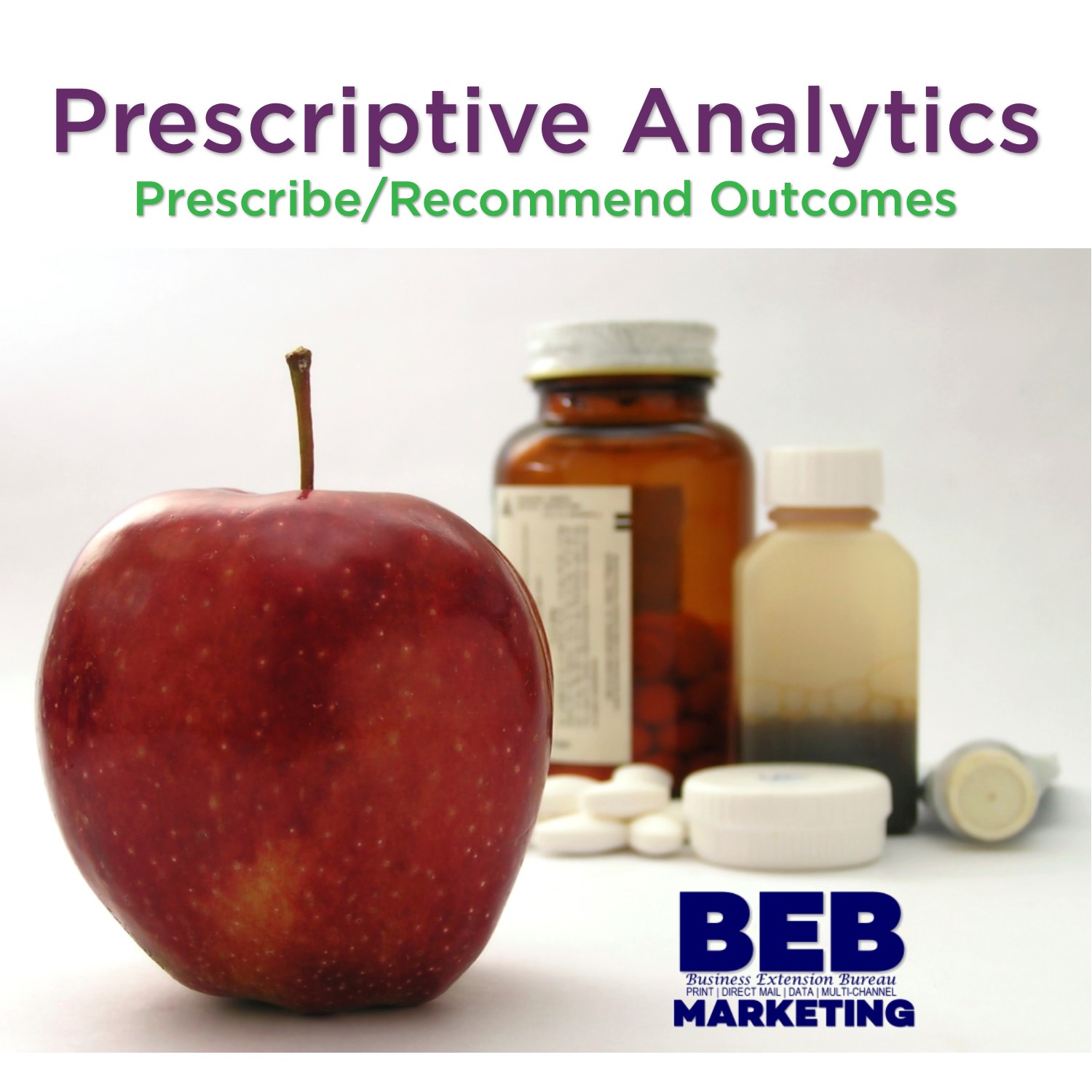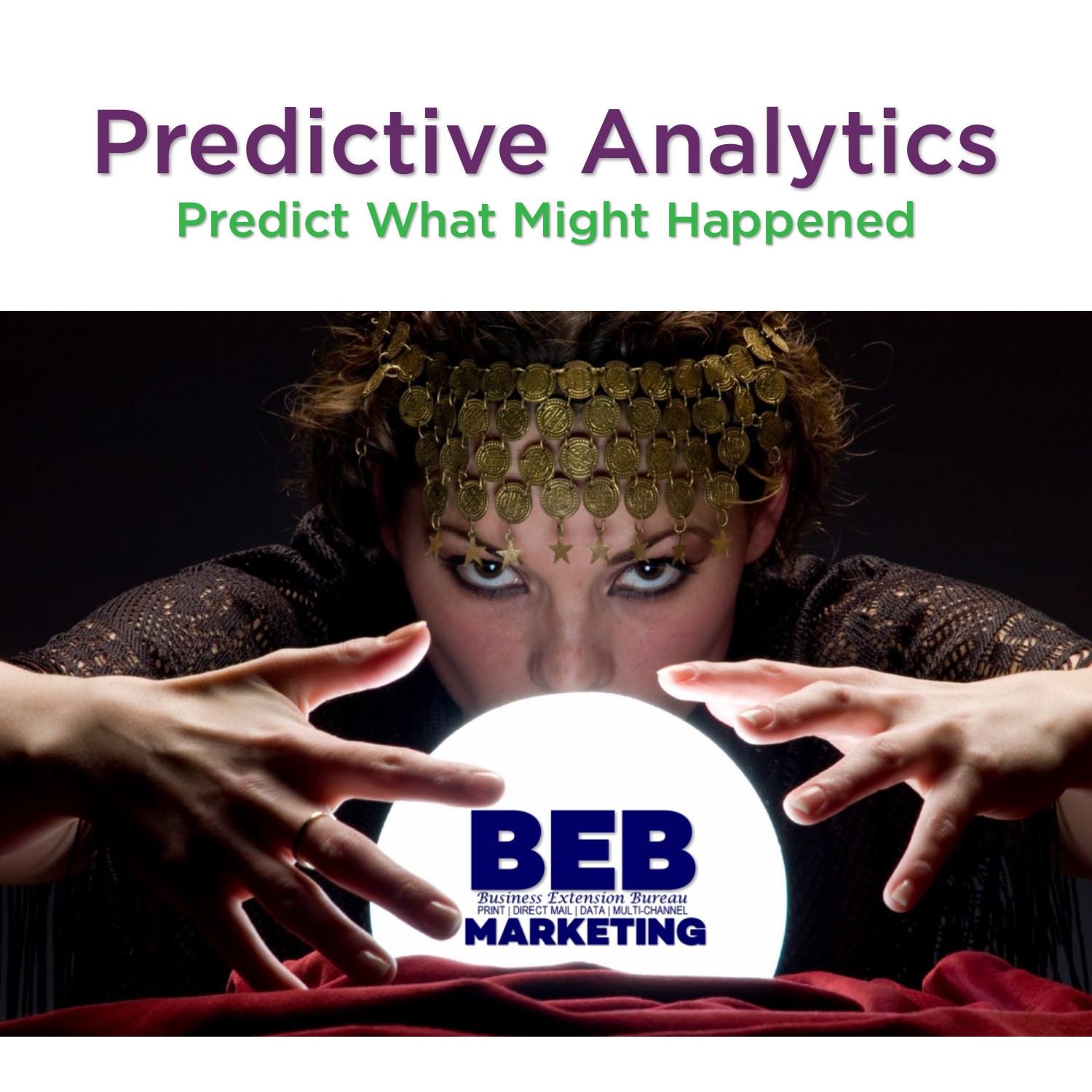Prescriptive analytics is the third and final phase of business analytics, which also includes descriptive and predictive analytics.
Prescriptive analytics goes beyond predicting future outcomes by also suggesting actions to benefit from the predictions and showing the implications of each decision option.
Prescriptive analytics not only anticipates what will happen and when it will happen, but also why it will happen. Further, prescriptive analytics suggests decision options on how to take advantage of a future opportunity or mitigate a future risk and shows the implication of each decision option. Prescriptive analytics can continually take in new data to re-predict and re-prescribe, thus automatically improving prediction accuracy and prescribing better decision options. Prescriptive analytics ingests hybrid data, a combination of structured (numbers, categories) and unstructured data (videos, images, sounds, texts), and business rules to predict what lies ahead and to prescribe how to take advantage of this predicted future without compromising other priorities.


